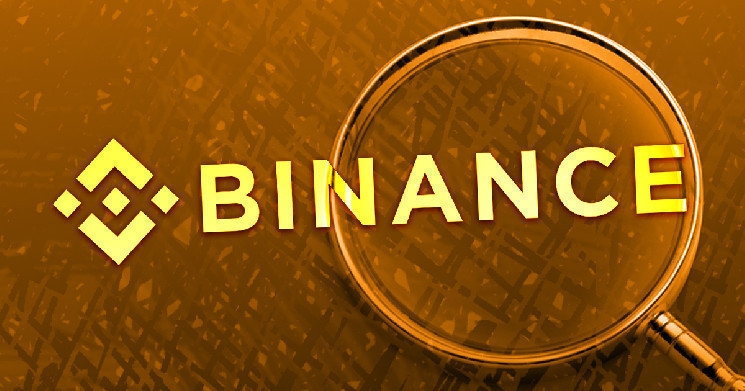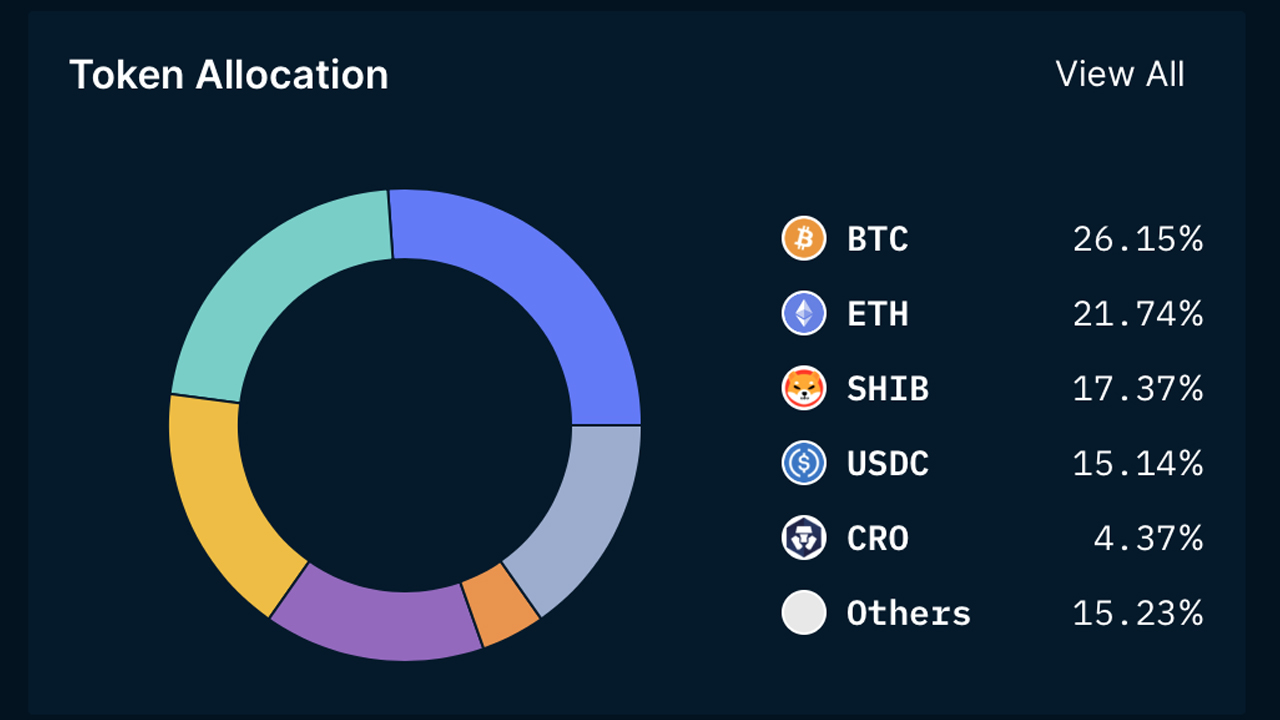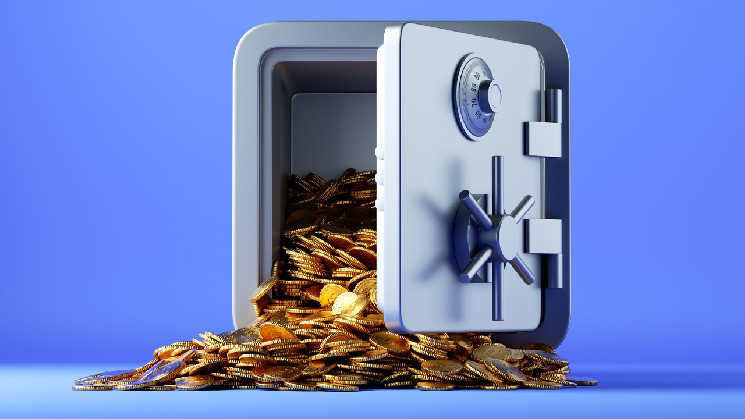After FTX collapsed, the incident prompted many major crypto exchanges to publish proof-of-reserves and lists of known addresses so users can verify the solvency of the trading platforms. While the veracity of these proof-of-reserve lists and asset dashboards is debatable, they do provide some insight into the large sums of cryptocurrency held in custody by major exchanges. For example, Binance, the largest cryptocurrency exchange by trade volume, manages $66 billion in crypto assets, which is more than 6% of the entire cryptocurrency economy’s net value of $1 trillion.
An Inspection of 5 Proof-of-Reserves Lists That Provide Insight into Large Cryptocurrency Holdings
It has been more than 80 days since Coindesk published a story about Alameda Research’s balance sheet, which showed the quantitative trading desk owned a large amount of ftx token (FTT). Then, on Nov. 6, 2022, Binance CEO Changpeng Zhao (CZ) revealed that his exchange would be selling its FTT holdings. Since then, FTT has lost considerable value and FTX filed for bankruptcy protection five days later on Nov. 11. At that time, and prior to FTX’s failure, it was challenging to monitor the exchange’s reserves as executives kept things very opaque. This situation has led exchanges to release proof-of-reserve lists and there has been criticism from crypto industry members over specific types of lists and how they are audited.
Additionally, Paul Munter, the U.S. Securities and Exchange Commission’s (SEC) acting chief accountant, recently stated that the SEC is closely monitoring proof-of-reserves (POR). Despite the complaints, the available proof-of-reserve lists provide some insight into what entities hold and, to a certain extent, they help improve market stability because people can monitor the holdings. The following is an examination of five different centralized crypto asset exchanges and their holdings in crypto assets as of Jan. 22, 2023, according to nansen.ai’s exchange list. Nansen features a dashboard for 18 different centralized crypto exchange platforms.
Binance
Binance is the largest with $66 billion in digital assets held in reserves by the crypto exchange giant. On Jan. 22, the largest crypto exchange by trade volume held 486,427 bitcoin (BTC), worth $11.1 billion. In terms of stablecoins, Binance holds $13.2 billion in tether (USDT) and $13.3 billion in BUSD.

Additionally, Binance holds 4.7 million ether, worth $7.6 billion, and another $7.6 billion worth of binance coin (BNB). The exchange also holds more than $13 billion worth of other crypto assets that are too numerous to name. If Binance’s stash was included in the top ten crypto assets by market cap, it would rank in the fourth position.
Okx
Nansen’s dashboard list shows that the crypto exchange Okx holds $7.6 billion in crypto assets. $3 billion of the funds are held in tether (USDT), and the exchange also holds 97,656 BTC, worth $2.2 billion.

25.95% of Okx’s assets are held in ethereum (ETH), or a balance of 1.2 million ether, worth $1.9 billion, using current exchange rates for ETH. Additionally, Okx holds roughly 294 million usd coin (USDC) as well.
Crypto.com
Crypto.com manages around $3.83 billion on Jan. 22, and its holdings currently include 44,208 BTC, worth just over $1 billion. The exchange also holds 514,763 ETH, which is worth roughly $833 million on Sunday.

Nansen’s Crypto.com dashboard further shows that the trading platform holds 17.28% of its holdings in shiba inu (SHIB). Crypto.com’s SHIB holdings include around 55.2 trillion SHIB, or $663 million worth of the meme token. The trading platform also manages around 585 million usd coin (USDC) and 2.1 billion cronos (CRO), worth around $167 million.
Bitfinex
The digital currency trading platform Bitfinex holds $8 billion in crypto assets on Sunday, Jan. 22, 2023. 54.29% of Bitfinex’s holdings are in bitcoin (BTC), or around 191,654 BTC, worth $4.36 billion today. 28.15% of Bitfinex’s assets are kept in unus sed leo tokens (LEO), or around $2.2 billion worth of LEO.

The exchange also holds 466,014 ethereum (ETH), worth $756 million, on Jan. 22. Additionally, Bitfinex manages 331 million tether (USDT) and 0.64% of Bitfinex’s assets, or around 126 million XRP, are held in reserves.
Huobi
Huobi holds around $3.17 billion on Jan. 22, and 30.91% of the assets are in the exchange coin, huobi token (HT). The exchange manages 196 million HT, which is worth roughly $980 million today in USD value.

Huobi also holds 617 million tether (USDT) and 9 million tron (TRX), worth $596 million. 12.13% of Huobi’s assets are held in BTC, 5.35% is stored in ETH, and 13.35% of Huobi’s assets are alternative crypto assets too numerous to name. $7.7 million worth of the value derives from the 57.58 million HUSD that Huobi holds, which is 30.66% of the HUSD supply. While HUSD was once a stablecoin pegged to the U.S. dollar, HUSD is now trading for $0.13 per coin.
The 5 Exchanges Hold $88.6 Billion or 8.6% of the Crypto Economy’s Current USD Value
All five of the aforementioned cryptocurrency exchanges hold $88.6 billion in crypto assets combined. The combined value of all five of the exchange’s reserves equates to 8.6% of the current $1 trillion crypto economy.
74.49% of the $88.6 billion is held on Binance, and the rest is dispersed among Okx, Crypto.com, Bitfinex, and Huobi. The trading platform with the largest exchange token coins is Bitfinex, with its stash of $2.2 billion worth of LEO. Out of the five mentioned exchanges, Binance holds the most Bitcoin (BTC) with its cache of 486,427 BTC.
 news.bitcoin.com
news.bitcoin.com
